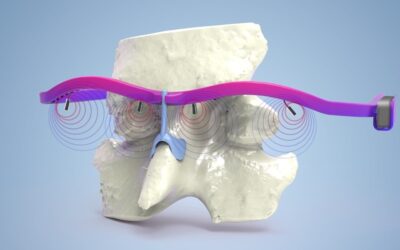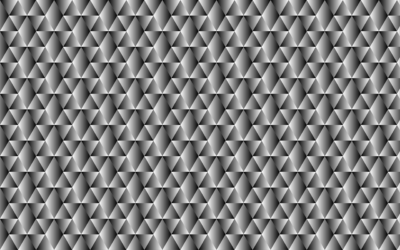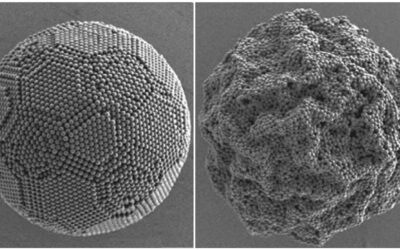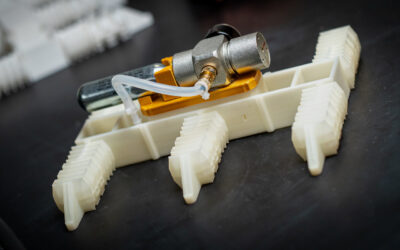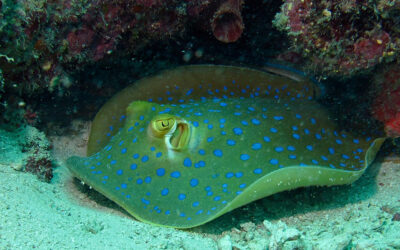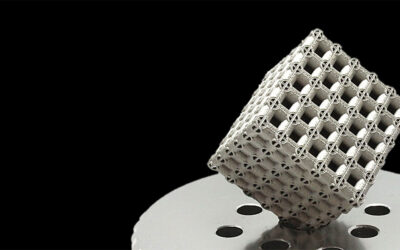The electronic, mechanical, and catalytic properties of materials often depend in large part on the organization within the material at very small length scales, the nanoscale. Biotemplating is the use of biological molecules, such as DNA, viruses, or proteins, as scaffolds to direct the synthesis of inorganic nanomaterials. Proteins, in particular, are versatile scaffolds because they contain multiple well-defined binding sites used to facilitate interactions with other proteins.
Now, in newly published research, short engineered protein sequences that associate with distinct binding sites on a clathrin protein scaffold are used to initiate the simultaneous synthesis of two inorganic species in desired locations with nanoscale accuracy. Unlike most biotemplating strategies, this template engineering through epitope recognition (TEThER) strategy requires no chemical or genetic modifications of the protein scaffold, which can be costly and time-intensive. The TEThER strategy can be readily applied to any protein scaffold with known binding sites to synthesize a variety of inorganic structures. Additionally, TEThER biotemplating is an environmentally friendly alternative to traditional nanomaterials synthesis approaches.











